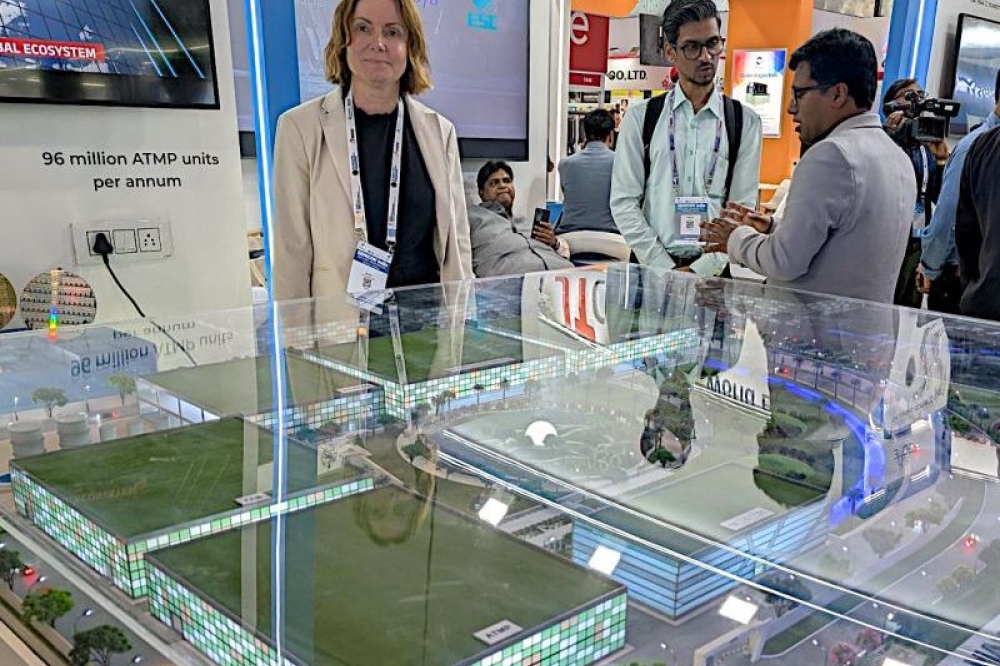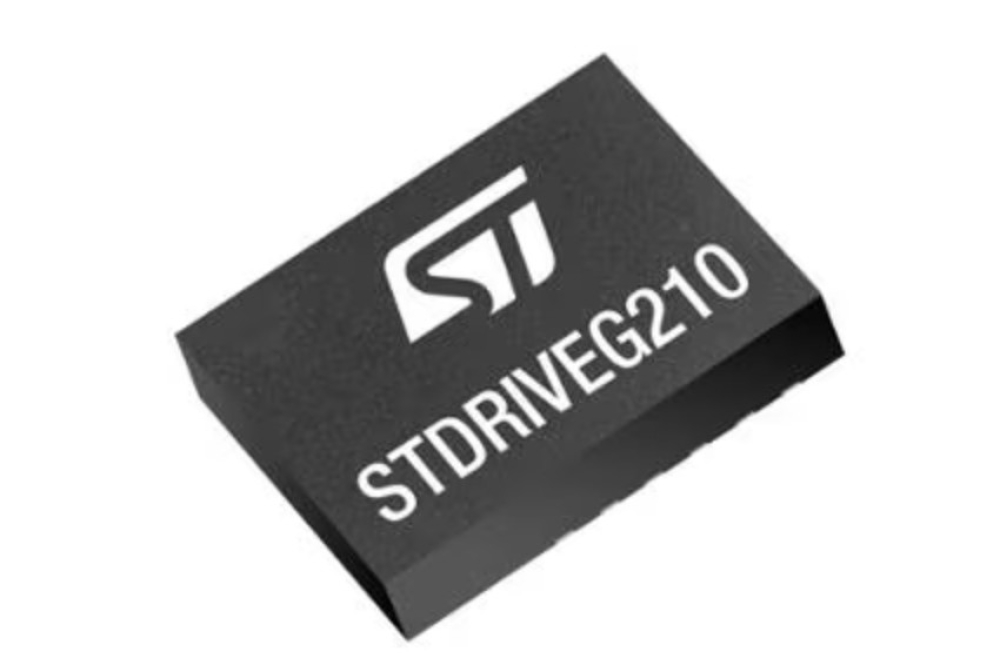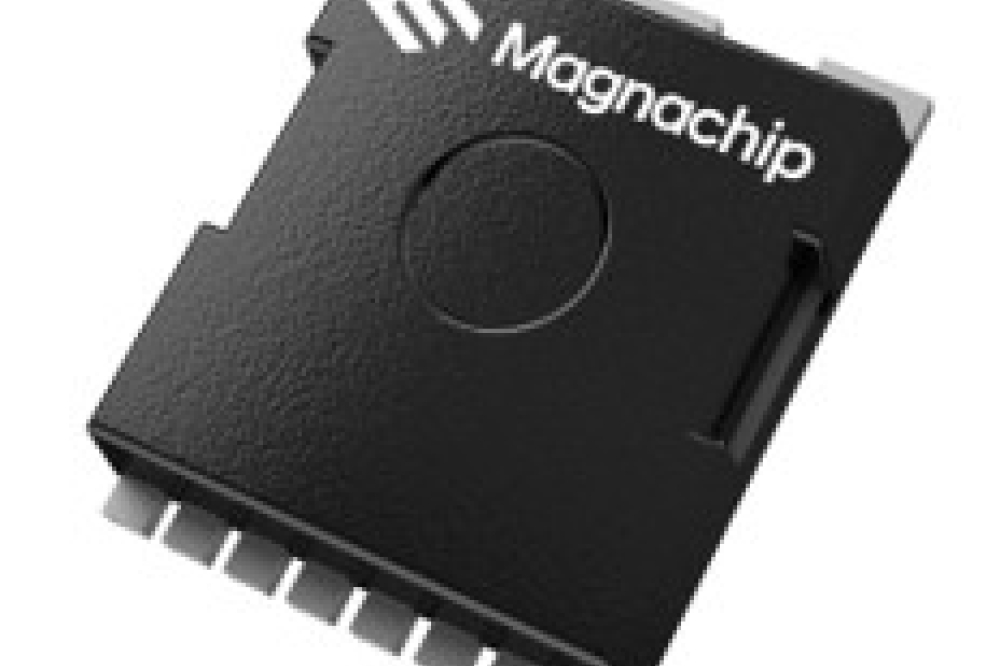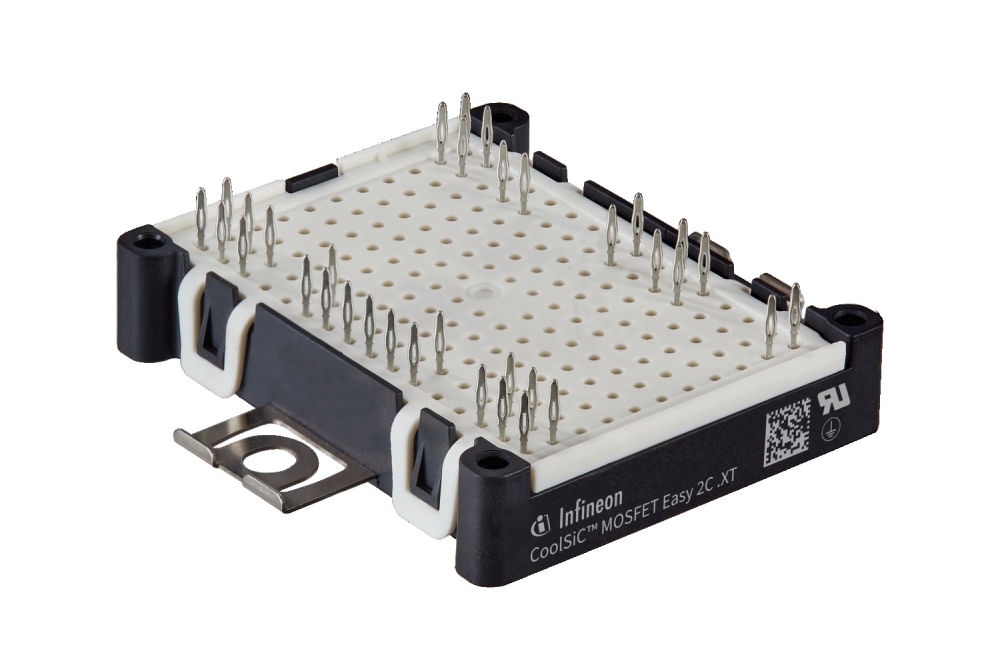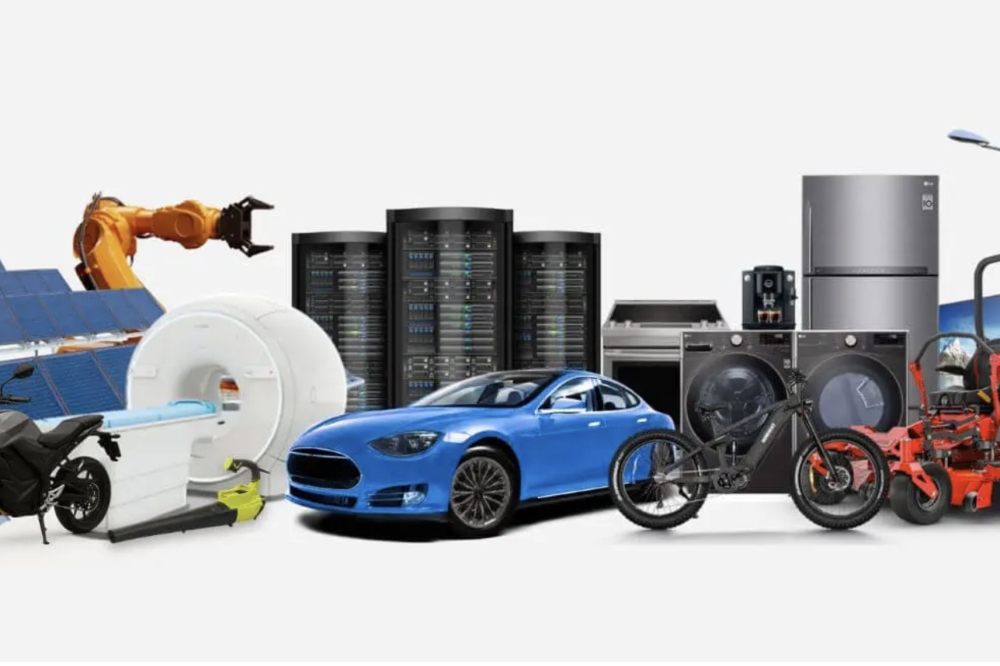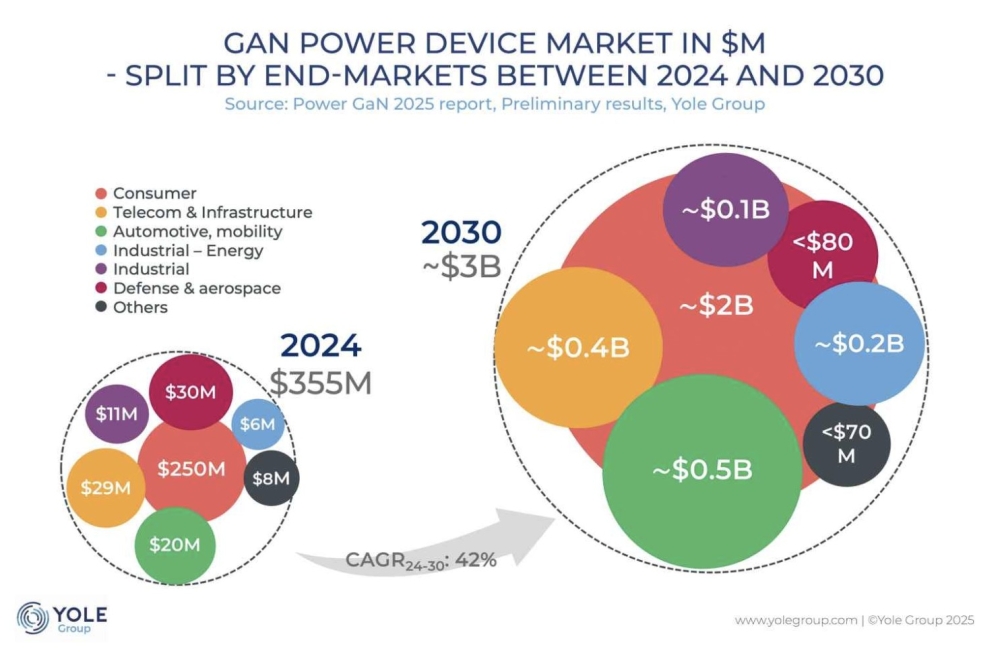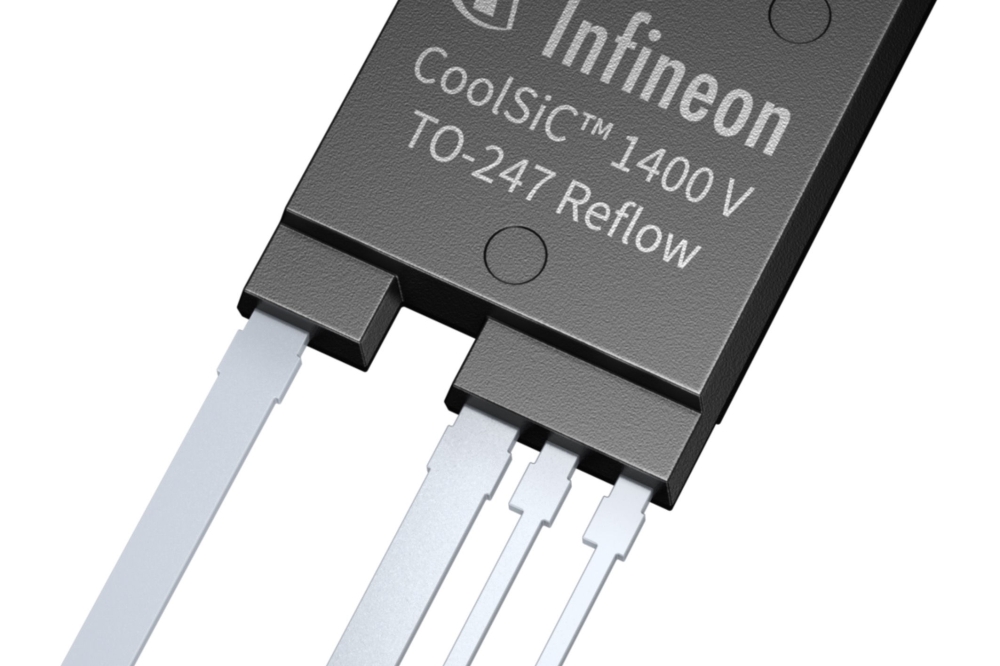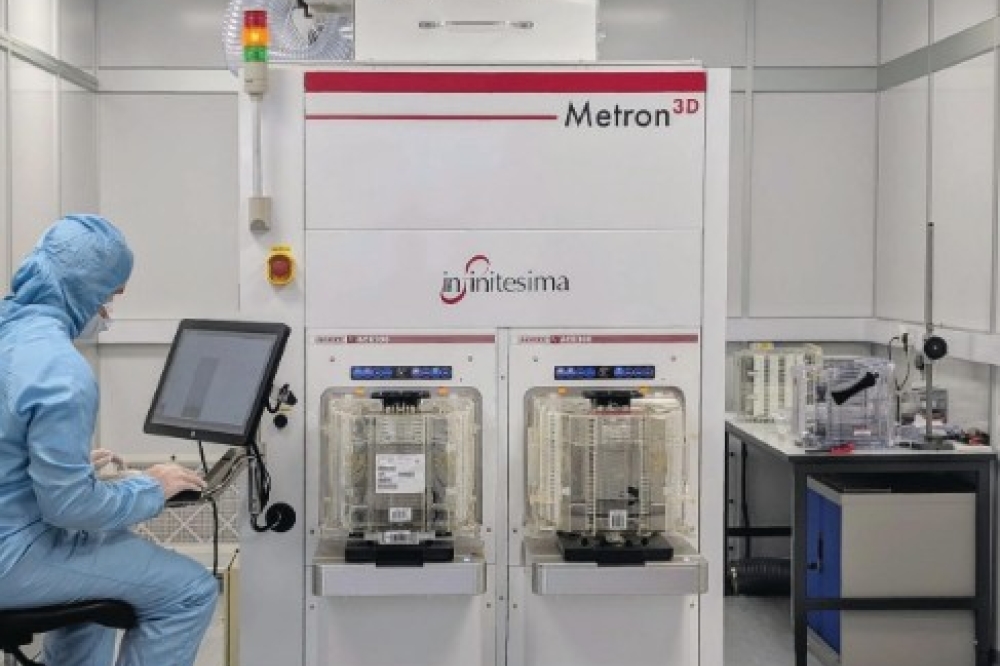How to make a smaller, lighter plane
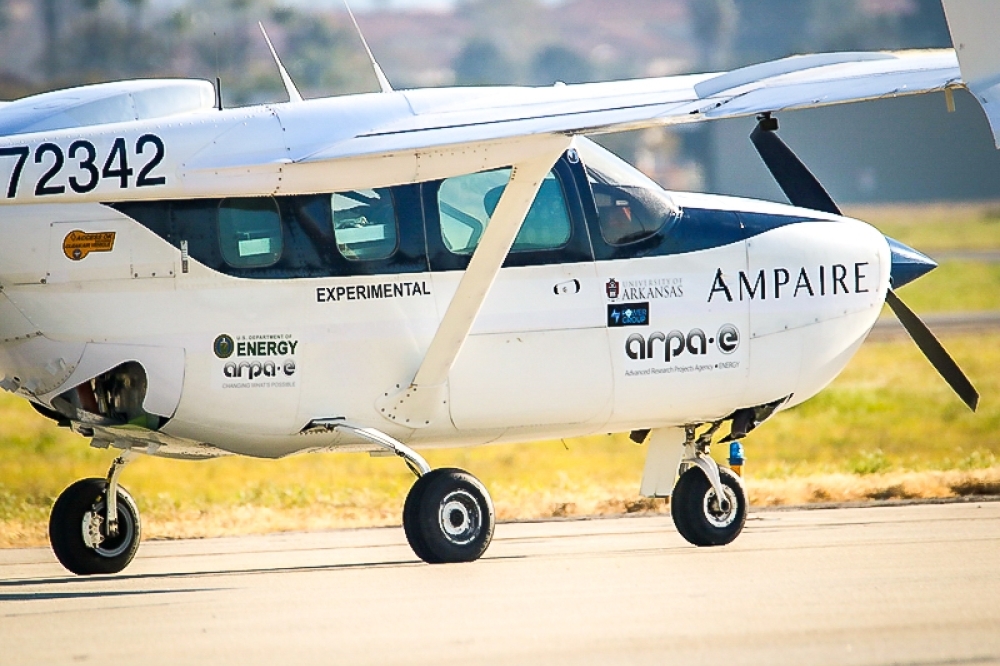
A team from the University of Arkansas (UA) has published a paper in IEEE Transactions on Power Electronics describing the results of the successful test flight of an experimental hybrid Cessna 337. The plane used a traditional motor in the nose and an electric engine in the back equipped with a SIC inverter, built by the UA Power Group.
According to the researchers, the flight (which took place in 2023), proved that a smaller, more efficient SIC-based motor drive could replace a hybrid plane's silicon-based system while also meeting the challenges of aircraft engineering.
For example, the electrical systems in planes need mechanical supports to withstand vibrations and the shock of landing. At higher altitudes, the drier air increases partial discharge, which can degrade insulation and cause electrostatic issues. The higher switching speed of SIC also creates more electromagnetic interference, which can affect other systems on the airplane.
"We were the first university to do this for a hybrid electric aircraft. That's a feather in our cap," said Alan Mantooth, distinguished professor of electrical engineering and computer science and the lead researcher on the project.
"Imagine a race car with a big 350 engine that weighs hundreds of pounds. What if you had that same power, but I gave you something that would fit in your hand?" said Chris Farnell, an assistant professor of electrical engineering and computer science. Farnell was the first author on the paper about the SIC-based electric plane motor drive.
The smaller size of a SIC-based system is particularly advantageous on a little airplane, where space is at a premium, he said. "You're able to remove stuff and give passengers more legroom." The lighter weight of a SIC system also means the plane uses less energy to take off and cruise.
The project was supported by a grant from the US Department of Energy's Advanced Research Projects Agency-Energy (ARPA-E). The University of Illinois Urbana-Champaign and the companies Ampaire and Wolfspeed were partners in the project.
Reference
C. Farnell et al; IEEE Transactions on Power Electronics, 40, no.12 Dec. 2025


